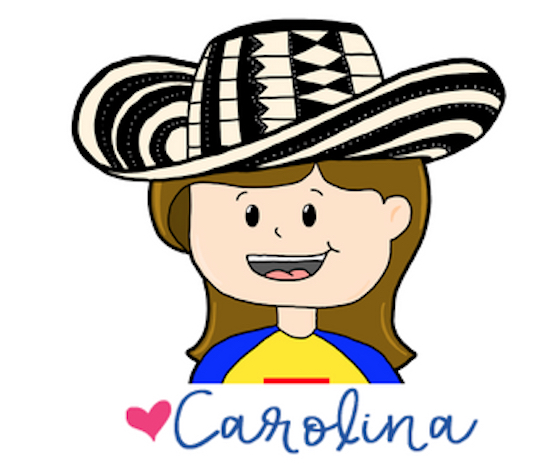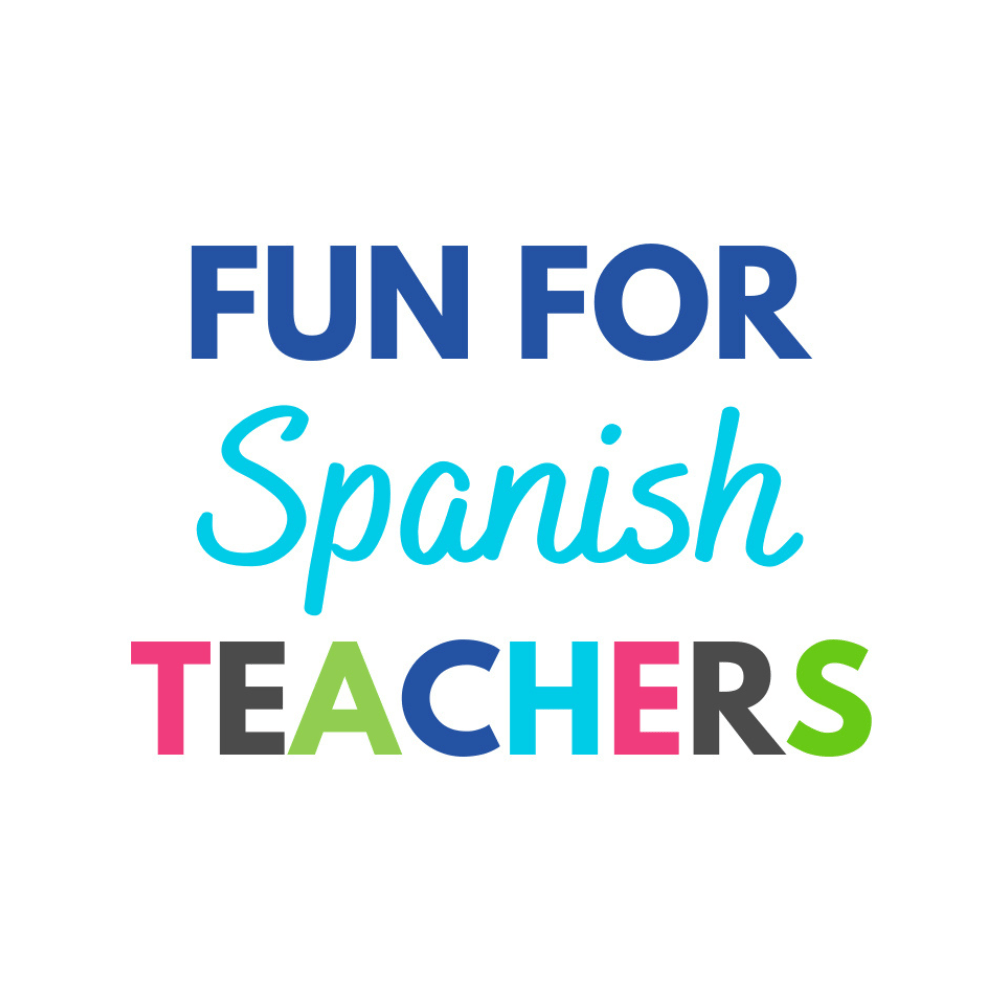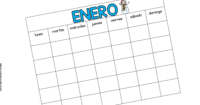Growing up in Colombia we didn’t have a “Columbus Day.” This “holiday” was called “El Día de la Raza” to celebrate the different races born after the mix of a not a very pleasant encounter. Even though it wasn’t known as Columbus Day, it was still meant to focus on the “great” things Columbus did for us (we celebrated Cristobal Colón, as he is known in Spanish). I have a vivid story of when I was in 3rd grade and Profe Raquel told us that if it weren’t for Cristopher Columbus we would not have been sitting in that classroom listening to the stories of how brave he was to travel across the Atlantic to new lands. Although teachers made an attempt to recognize the diversity in Colombia, it continued supporting the main narrative that Columbus was great and brave. I never remember hearing of all the bad he did to the people who were in the territories where he landed until later when I was in bachillerato (high school).
In the last decades, countries like Venezuela and Nicaragua have opted to change the name of this holiday to “El día de la Resistencia Indígena” to honor the struggles the Indigenous people went through during the colonization period and to acknowledge that these struggles are not over. Other countries have joined this movement too!
As language educators, we can’t continue supporting the sugar-coated stories about Cristobal Colón. This is an invitation to make space and time in our curriculums to have these conversations and show the true story. It doesn’t matter if it takes some class time to have these conversations in our students’ first language. Children might also be having these conversations within their homerooms, so this can be reinforced in Spanish class.
A teacher friend that I admire and has been working hard on bringing this work to the classroom is Fran, also know as The Woke Spanish Teacher. Her curriculum is deep in Anti-Bias and Anti-Racist (ABAR) education and she works on this all year round. When doing this type of work in the classroom, it is important to know your students and also their developmental stage so that the material can be tailored to their age group. This is something that I am currently working hard on and something Fran knows how to do really well.
Here is an example of what Fran does with her students:
View this post on Instagram
But before bringing these topics to the classroom we have to do the work. We really need to educate ourselves. There are several trustworthy sources on the internet. Here are some that I recommend:
The Instagram post below gives great ideas to celebrate Indigenous Peoples Day. Some of them are:
- Land Acknowledgment (Here is a website that can be used for that).
- Educate others about the true story of Colombus.
- Support Indigenous businesses.
- Amplify the voices of Indigenous people on social media.
One more to add: learn about the influences of Indigenous languages in other languages and read books written by Indigenous authors.
View this post on Instagram
Just like this post on Instagram, as a language educator, I need to be intentional and not just acknowledge other cultures at designated times on the calendar.
View this post on Instagram
Are you ready to make a year-long commitment to celebrating other cultures and voices in your classroom? I know I am!






